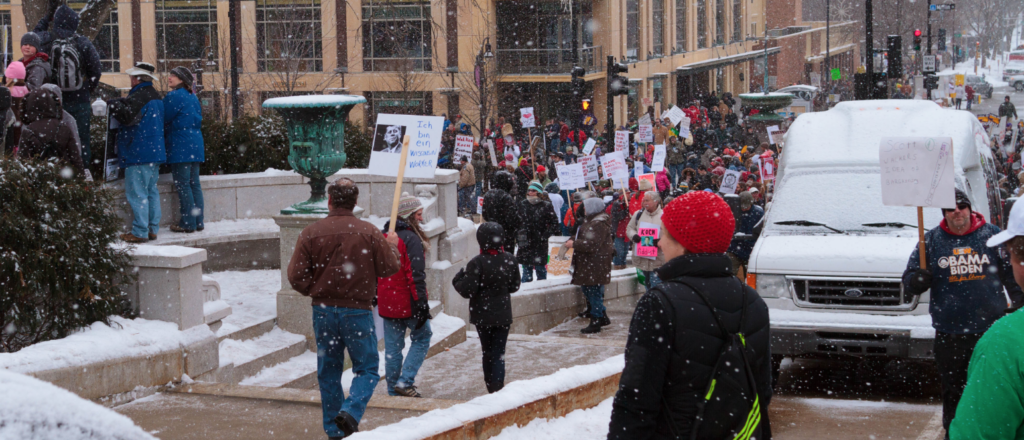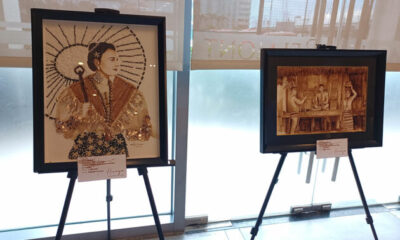Finance
Modern art and political polarization

Not everyone sees the world the same way. This is one of the reasons why market economies function better than centrally planned economies. If everyone preferred black midsize sedans, you could have one government-owned automaker produce millions of units of a standardized car and achieve significant economies of scale. But not everyone has the same taste.
None of this is particularly controversial. But the rest of this post will be a bit more controversial. I argue that most people underestimate the extent to which other people see the world differently than they see the world.
I’ve met a lot of people who love modern art, and a lot of people who do too don’t like modern art. In the later group I often notice disbelief that someone really likes abstract art. I often hear people suggest that modern art enthusiasts are feigning their interest in order to appear hip. What is going on here? Before answering this question, let’s look at another example.
Over the course of my lifetime, political polarization has increased significantly. People no longer simply disagree with those who hold different views; they increasingly view the other side as bad people. Increasingly, people will refuse to even date someone who has a different political opinion, something that was rare when I was young. What is going on here? It’s not nice to suggest that people with different artistic tastes are fakes, and it’s not nice to suggest that people with different political opinions are bad.
I do not believe that the increased political polarization is due to the issues becoming more important. In the 1960s and 1970s, the world faced many very important issues, such as high inflation, the nuclear arms race, and the Vietnam War. Instead, I believe the increased polarization is due to the (wrong) impression that others see what you see.
The people who cannot accept that other people like modern art suffer from a lack of imagination, an inability to understand that other people process visual information differently than they do. People who view opposing voters as bad often don’t understand that not everyone sees political issues the same way they do.
Disagreements over economic regulation or corporate taxes generally do not cause political polarization. Voters understand that the issues are complex and that other people may have a different perspective on them. Polarization is most likely to occur when the issues seem more personal (trans rights, abortion, affirmative action, etc.). Polarization also increases as political styles become more diverse. People are often drawn to the style they prefer and wonder how someone could be attracted to the opposing candidate. Over the course of my life, I have seen more and more differences in political styles.
At the same time, religious polarization has largely declined over time, except when a religion takes an overtly political position.
Hypochondria is another example. Many doctors will assume that patients are feigning illness if the doctor cannot diagnose the problem. A few decades ago, a colleague of mine (in his 40s) went to the (highly regarded) Massachusetts General Hospital in Boston complaining of chest pain. The hospital ran some tests and sent him home, thinking he might be a hypochondriac. A few hours later he died of a massive heart attack.
Don’t assume you know what’s going on in other people’s minds. You do not. Don’t believe your neighbor needs a painkiller? How would you know? We need free markets precisely because we don’t know what other people see, feel and taste.













